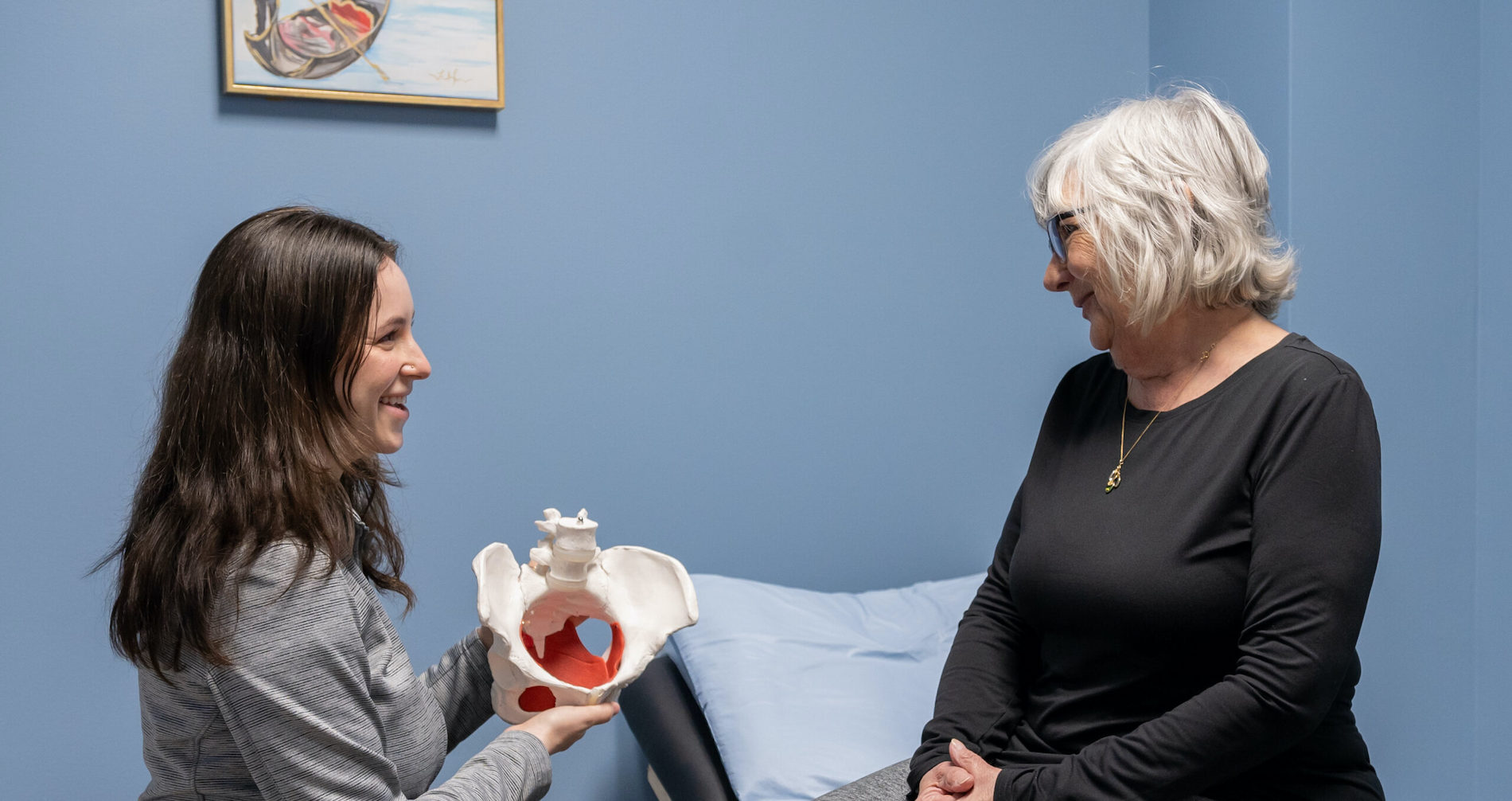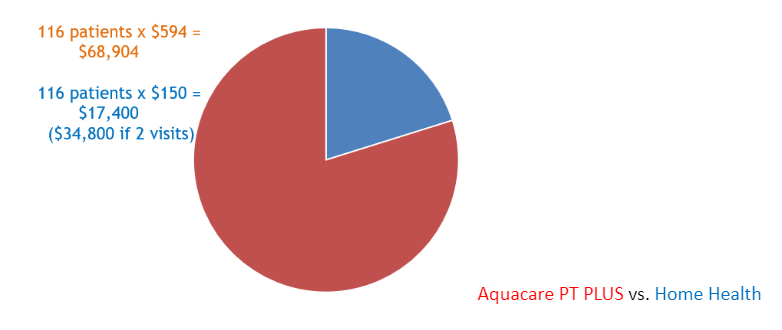HEALTHCARE PROVIDER NEWS & UPDATES
Range of Motion and Use of AI
“Exploring the Potential of AI-Assisted Technology in Joint Range-of-Motion Measurements: A Reliability Study” by Gisoo Leeand Eric W. Tanlooked at whether AI was a better judge of range of motion than a traditional user.
Abstract:
“Background and Objectives: Measuring joint range of motion (ROM) is essential for diagnosing and treating musculoskeletal diseases. However, most clinical measurements are conducted using conventional devices, and their reliability may significantly depend on the tester. This study implemented an RGB-D (red/green/blue-depth) sensor-based artificial intelligence (AI) device to measure joint ROM and compared its reliability with that of a universal goniometer (UG). Materials and Methods: A single-center study was conducted from January 2022 to December 2022 on participants visiting the Chung-nam National University Hospital to compare the reliability of the RGB-D sensor-based AI device with that of the UG for measuring ROM. The ROM of the shoulder, hip, and lumbar spine joints was measured in 35 healthy participants in our hospital. The ROM was measured during active motion by the participants in the standing position. The ROM was measured twice consecutively using the RGB-D sensor-based AI device, and the mean values were obtained along with other values. A clinician also measured the ROM twice using a UG. Bland–Altman analysis was performed to evaluate the reliability of the measurements, which was assessed using intra-class correlation coefficient (ICC). An ICC value greater than 0.90 indicates excellent reliability. Results: Both methods achieved good-to-excellent intra-test reliability results (ICC > 0.75) for all the joints, with the reliability being slightly higher for the RGB-D sensor-based AI method than for the UG measurements. Moreover, for both methods, the inter-test reliability was higher than good (ICC > 0.75) for shoulder and lumbar joint ROM measurements but lower than good (ICC <0.75) for hip ROM measurements. Conclusions: This study compared the efficacies of the RGB-D sensor-based AI method and UG in measuring ROM. In the future, this RGB-D sensor-based AI method should be technologically improved, and the measurement methods and protocols should be standardized.”
READ MORE.
Dizziness: When Physical Therapy Can Help
Vestibular, Neurological & Cervicogenic Causes
Physical therapy plays a key role in identifying and treating dizziness caused by vestibular, cervical, or neurological conditions—helping patients regain function, reduce fall risk, and avoid unnecessary imaging or medication.
When PT is Appropriate – By Diagnosis Code:
H81.1 – Benign Paroxysmal Positional Vertigo (BPPV)
- Positional vertigo, imbalance
- PT is highly effective; canalith repositioning often resolves symptoms in 1–2 visits
H81.8 – Other Disorders of Vestibular Function
- Chronic dizziness, vestibular hypofunction
- Treated with gaze stabilization, habituation, and balance training
H83.01 / H83.09 – Labyrinthitis / Vestibular Neuritis
- Acute vertigo, often post-viral
- PT restores balance, coordination, and confidence
M54.2 – Cervicalgia (Neck Pain)
R42 – Dizziness and Giddiness
- Cervicogenic dizziness, often with neck stiffness or poor posture
- Manual therapy and postural retraining can significantly improve symptoms
F07.81 – Post-Concussion Syndrome
- Dizziness, headaches, cognitive fog
- PT addresses vestibular dysfunction, balance, and visual coordination
R27.0 – Ataxia, Unspecified
- Unsteady gait, frequent falls
- Treated with gait training and neuromuscular re-education
G35 – Multiple Sclerosis
- Vestibular symptoms, imbalance
- PT provides compensation strategies and improves stability
Note: Neurologic causes should be referred after imaging/medical work-up.
PT can assist with compensation and balance retraining.
PT Evaluation Includes:
- Vestibular maneuvers (e.g., Dix-Hallpike, Epley)
- Cervical spine assessment
- Gait and balance training
- Fall prevention strategies
Refer when:
- Symptoms persist after ENT or imaging
- Cervical dysfunction is present
- Post-concussion symptoms affect mobility or function
Let’s work together to help patients stop spinning and regain control.
Refer: 844-547-7432.
What the Research Shows:
- A 2023 study in Frontiers in Neurology found that vestibular rehabilitation significantly improves symptoms in patients with both peripheral and central vestibular disorders—reducing dizziness severity by up to 60% within 6–8 sessions.
- The American Academy of Otolaryngology recommends early canalith repositioning maneuvers (Epley, Semont) by trained clinicians for BPPV, often resolving symptoms in 1–2 visits.
- A 2022 Otolaryngology–Head and Neck Surgery guideline update highlighted the effectiveness of PT for cervicogenic dizziness, especially post-concussion or whiplash.
- Geriatric studies show that vestibular rehab reduces fall risk, improves gait stability, and decreases emergency visits among older adults with balance-related dizziness.
PT treatment may include canalith maneuvers, gaze stabilization, balance retraining, and cervical mobilization when appropriate. Early intervention helps clarify benign vs. central causes and reduces long-term functional impact.
Early referral to physical therapy can significantly shorten the duration of dizziness, reduce medication dependence, and help clarify whether further workup is needed. We’re available to assess and treat patients with non-urgent dizziness symptoms—and will refer back promptly if signs of central or emergent pathology are suspected.


